The Traditional Product Development Lifecycle
Most projects can be subdivided into three unique phases; with each conclusion standing as a milestone in the development process. Though some projects require unique variations of our design strategy, all can benefit from the same general approach and workflow.

- Phase 1 - Industrial Design & Development
- Phase 2 - CAD & Design For Manufacture
- Phase 3 - Visualization & Marketing Media

Understanding the Problem
Because every project is different, truly understanding the problem is key to being able to find a solution. We begin by sitting down with our clients to fully explore and understand their needs and goals. Next we look to market research, user feedback, and even competitive product analysis to determine what’s worked, what’s failed, and why the world still needs a better solution.
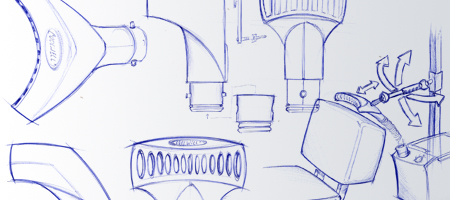
Brainstorming Product Concepts
Brainstorming is the act of quickly exploring solutions of all shapes and sizes; regardless of how far-fetched they may seem. It allows designers to think out-of-the-box, while dodging the tunnel-vision engineers get when they begin with only a list of restrictions and requirements. From these blue-sky concepts, we’ll often see an unexpected blip of promise that’s worth investigating further.
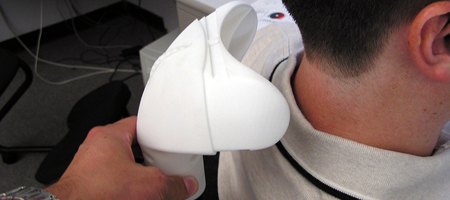
Building / Testing Concept Models
Building prototypes and proof-of-concept models is a great way to determine if what “looks” viable really works. Since we develop all of our concepts in a CAD environment, building prototypes for concept validation is a very natural stage in our workflow; and one that helps us avoid wasting the clients budget on ineffective designs.
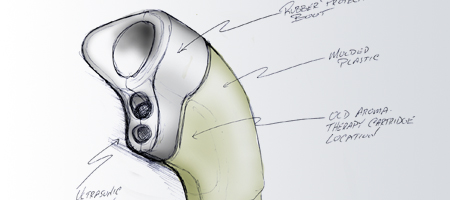
Isolating and Refining Key Features
We conclude the Industrial Design phase by refining and balancing the concept in terms of aesthetics, ergonomics, and usability. We’ll also optimize the most effective production approach; a stage that makes CAD development much easier down the road.
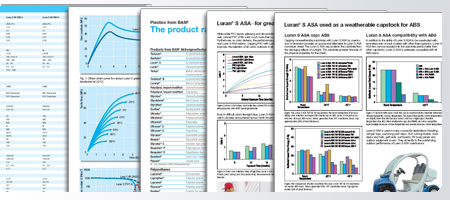
Balancing Part Profitability
Once we’ve identified the “look and feel” of the design concept, we can begin specifying the materials, finishes, and sensible assembly processes that are well suited for the product and budget.
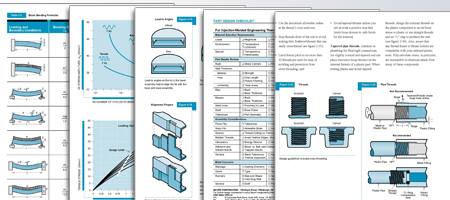
Design for Production / Manufacturability
Part of optimizing a design for “profitability” also involves designing it for manufacturability. We go to great lengths to assure our designs minimize fabrication complexity and follow the “best practices” of the fabrication process being utilized.
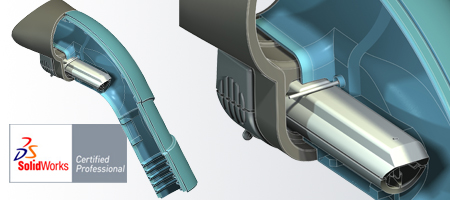
Parametric CAD Solid Modeling
Parametric Solid modelers like SolidWorks have become the de facto standard design tools for product designers. We’ll use it to define your entire product assembly in a virtual environment with infinite accuracy; thus allowing us to avoid issues with interference and assembly clearance, moldability, and to test for part stress and fatigue.
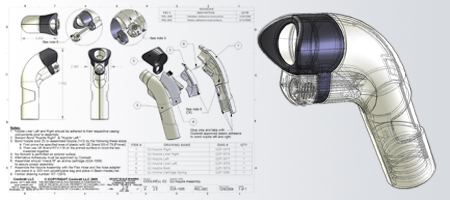
Standardized CAD Production Files
Additionally, parametric CAD solid modelers allow us to export component files in a format that the machines used my prototypers, toolers, molders and even animators can read-in directly. This alleviates the need for CNC programming and/or human–induced error.
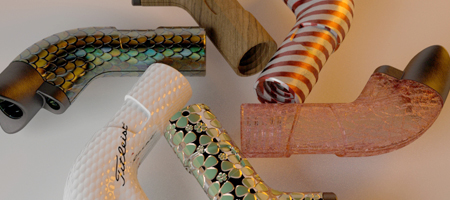
Material and Finish explorations
Using the 3D digital assembly (or 3D stage-prop mockups), we have the ability to generate stunningly life-like product photos with almost any material or finish imaginable.
This ability allows our clients to experiment with and explore new marketability options within a virtual environment long before tooling even begins.
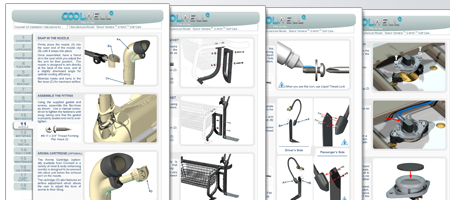
Visually-Driven User Documentation
Many buyers will never read long-winded instruction manuals, and this can result in improperly assembled products and a sharp increase in returns. We use our computer graphics software to create very concise illustrations that are largely image-driven; and thus far more likely to be read by end users.
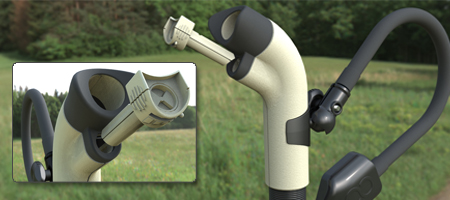
Photo-Realistic In-Scene Simulation
Using many of the advanced tools used by Hollywood studios, our designers can take a CAD design and place it directly and convincingly in to a still photo or a 3D photo sphere known as an HDRI.
This gives clients highly realistic, location-specific photographs of their product ‘in-scene’; without the need of a finished prototype or photo shoot.
Studio-Grade Animations
Sometimes, nothing describes a product better than a video, and having the ability to develop life-like video-segments based on CAD data gives us the power to create HD video clips long before we actually have a product in our hand to shoot.
Additionally, CG artists working in a computer graphics environment don’t suffer from real-word problems that photographers face; we can control the lighting, weather, materials, and even defy physics if thats what it takes to show a product in the most effective manner.





